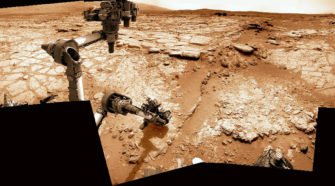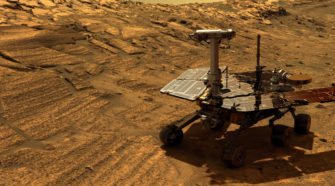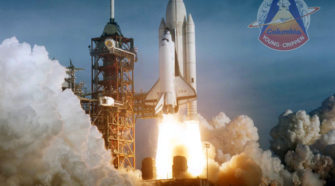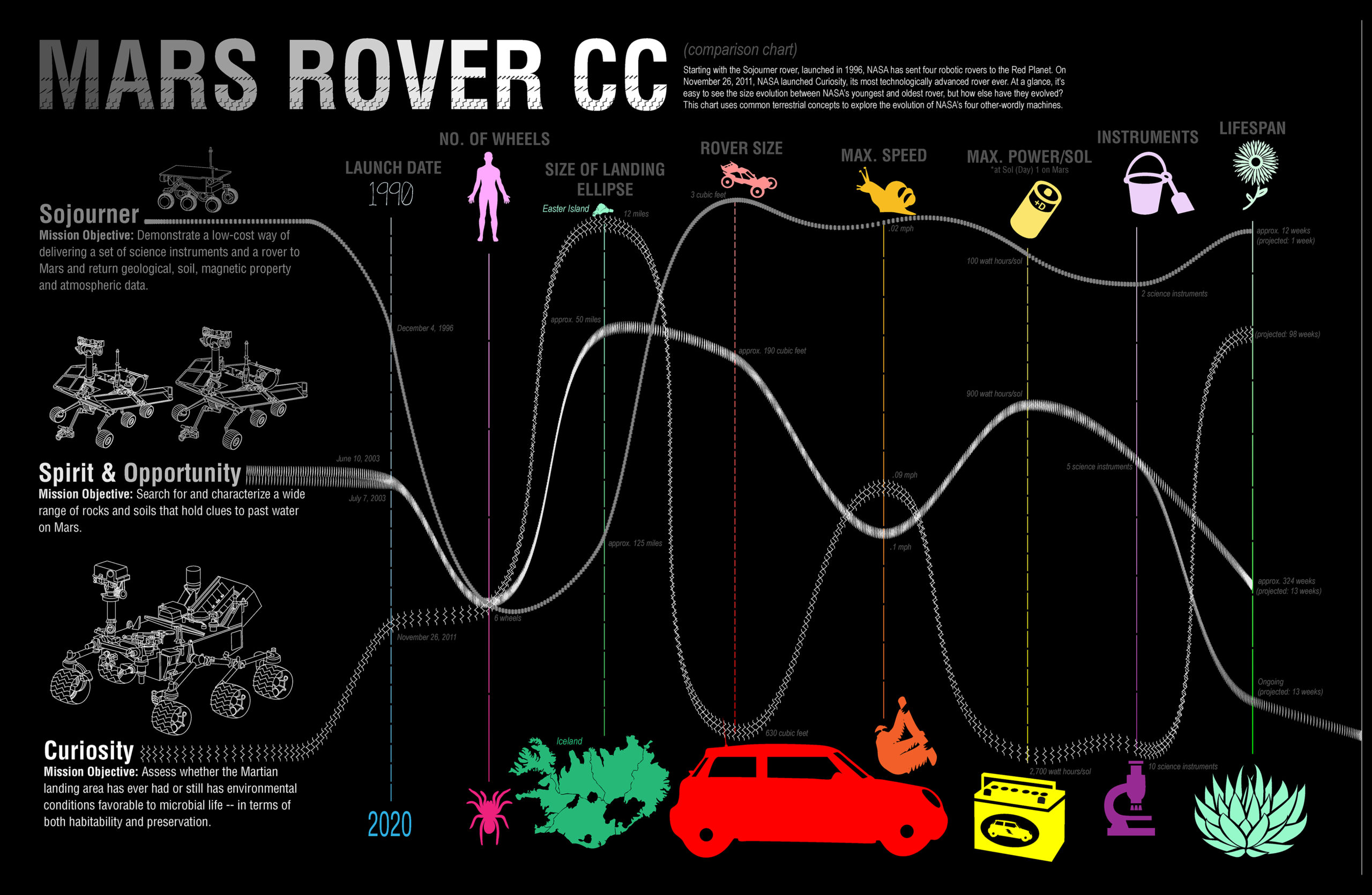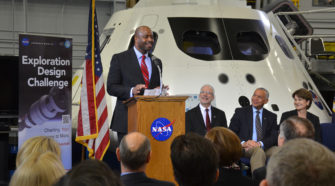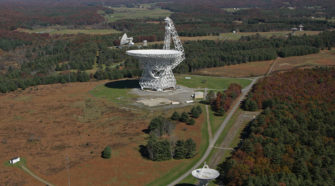Issue #2 (April 2013)
Curiosity discovers a habitable environment for life on Mars
As NASA’s Curiosity rover begins her eighth month exploring the Red Planet since the nail-biting touchdown inside Gale Crater on Aug. 5, 2012, she has made the most amazing finding thus far. After analyzing the first powder ever drilled from the interior of a Martian rock, Curiosity discovered key chemical ingredients necessary for life to have thrived on early Mars billions of years ago.
The little rover that could: Opportunity still making discoveries
Today, Opportunity celebrates a truly unfathomable achievement, entering Year 10 on Mars since she rolled to a bumpy stop on January 24, 2004. Now she’s at a super sweet spot for science loaded with clays and veined minerals and making the most remarkable findings yet about the planets watery past – building upon a long string of unthinkable discoveries due to her totally unforeseen longevity.
Columbia STS-1 Launch
April 12, 1981: Space Shuttle Columbia launched this day from the LC-39A pad at Kennedy Space Center in Florida. The STS-1 mission lasted just two days, circling the Earth 37 times, before landing at Edwards Air Force Base in California. Columbia carried a crew of two – mission commander John W. Young and pilot Robert …
Mars Rover Infographic
Starting with the Sojourner rover, launched in 1996, NASA has sent four robotic rovers to the Red Planet. On November 26, 2011, NASA launched Curiosity, its most technologically advanced rover ever. At a glance, it’s easy to see the size evolution between NASA’s youngest and oldest rover, but how else have they evolved? This chart …
Contest challenges students to design new radiation shield
NASA is challenging school-children to protect their future ride into space. The agency’s Exploration Design Challenge (EDC), announced March 11 during an event at the Johnson Space Center in Houston, engages U.S. students in kindergarten through high school in helping to solve the known problem of increased radiation exposure encountered on flights into deep space. …
Green Bank offers unique view to Dr. Lockman
Stargazing to discover secrets of the Milky Way Dr. Felix James (Jay) Lockman has spent the past two decades probing the origin of the Milky Way. He conducts his research from a rural area in West Virginia, a special place for radio astronomy that is unmatched anywhere else in the United States, using the Green …

